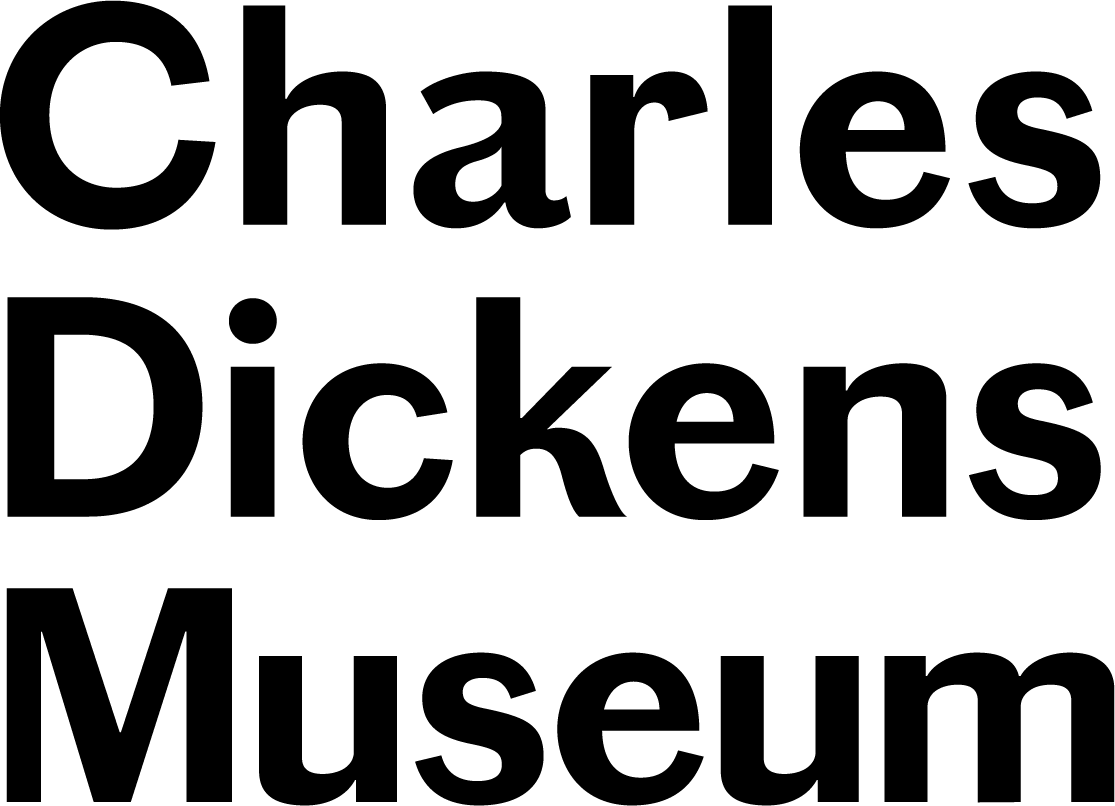The Marshalsea Prison Grille
Robbie Macrory is a trainee history teacher finishing his PGCE at the Institute of Education, London. He worked at the Dickens Museum on a short placement and was fascinated by a surprising item in the permanent exhibition.
By Robbie Macrory
One striking object exhibited in the museum is a sharp reminder that Charles Dickens was not born into the lap of luxury. As you reach the end of the museum tour, you enter the children’s nursery, where Charles and Catherine’s four children used to play. Standing in the middle of the room you will see part of the prison grille of Marshalsea Debtors Prison, where Charles’ father John Dickens was imprisoned in February 1824 for failing to repay a baker the sum of £40 and ten shillings.

The Marshalsea prison grille in the children’s nursery, on loan from The Cuming Museum, Southwark Council (DH374)
The grille represents an extremely influential and painful experience in Dickens’s life, and stands in contrast to the trappings of comfortable middle-class life which decorate the room. After his arrest, John Dickens was soon joined at Marshalsea by his wife and children, leaving Charles (aged just 12) to work at Warren’s Blacking Factory on Hungerford Stairs near present-day Charing Cross Station. Dickens worked around ten hours a day fixing labels to jars of boot polish, in what he later described as ‘a crazy, tumble-down old house, abutting of course on the river, and literally overrun with rats’. He initially lodged in Camden with a Mrs Ellen Roylance, walking several miles each day down to the river and back, before moving to Lant Street, close to the prison. One of the other boys working at the factory was Bob Fagin, whose name Dickens would remember when creating one of his most famous characters. A study of Dicken’s time at the factory by Michael Allen was published in 2011.

The Warren Blacking Factory. Charles Dickens Museum collection (F259).
Dickens kept this part of his life secret, only revealing it to his best friend John Forster and his wife Catherine. However, it deeply affected him as a writer, and undoubtedly influenced his compassionate depictions of vulnerable sectors of society in Victorian England. Neglected children feature regularly in his work, from Oliver Twist to Little Nell, while The Pickwick Papers, David Copperfield and Little Dorrit contain detailed descriptions of debtors’ prisons. John Dickens was released after only three months in May 1824, but the family finances never fully recovered. Charles was forced by his mother to continue working at the blacking factory.
Marshalsea Prison itself stood just south of the River Thames in Southwark for nearly 500 years until it closed in 1842. The original prison, which had housed a variety of famous prisoners during its existence, including the playwright Ben Jonson, fell into such a state of disrepair that it was replaced by new buildings in 1811.

Map showing location of Marshalsea Prison. Credit to David Purdue’s Charles Dickens Page.
Little remains today of the infamous building other than an eerie section of the prison walls which stand just off Borough High Street at the rear of St George’s Church. The prison grille at the Dickens House Museum is a fascinating artefact which provides valuable insight not only into Dickens’s childhood, but also the social history of the early nineteenth century.

Remnants of Marshalsea Prison walls today.
Museum Blog
This blog takes you behind the scenes at the Charles Dickens Museum, giving fresh insight on everything from discoveries new and old in our collection, to exhibitions, events and learning initiatives.
You’ll be hearing from a variety of Museum staff and volunteers, as well as guest curators, academics, artists and Dickens enthusiasts. Why not join the debate and let us know you thoughts on the latest blog by using our hashtag #CDMBlog

